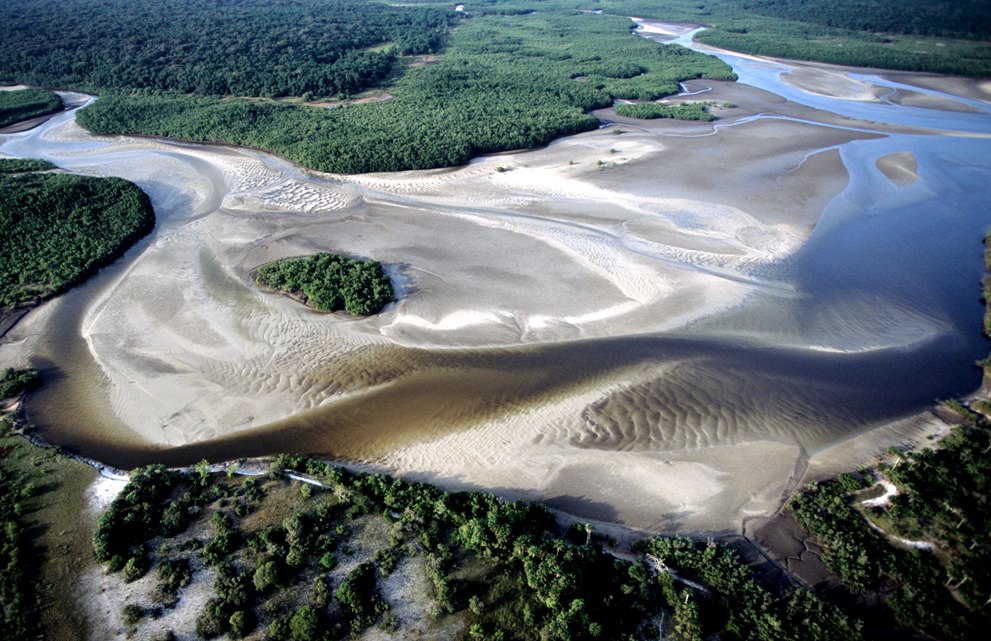Context:
The Union Environment Minister recently announced the addition of five Indian wetlands to the prestigious global list of Ramsar sites, designating them as wetlands of international importance.
New added Wetland Sites:
Ankasamudra Bird Conservation Reserve (Karnataka):
- It stands as a historically constructed Village Irrigation Tank, boasting ecological significance and rich biodiversity.
- Notably, it sustains more than 1% of the biogeographic population of Painted Stork and Black-headed Ibis.
Aghanashini Estuary (Karnataka):
- It formed at the confluence of the Aghanashini River with the Arabian Sea and plays a pivotal role in offering various ecosystem services.
- It encompasses flood risk mitigation, biodiversity conservation, and support for traditional activities such as fish farming in rice fields (known as Gazni rice fields), bivalve shell collection, and salt production.
Magadi Kere Conservation Reserve (Karnataka):
- It was created as a man-made wetland for rainwater storage and irrigation and serves as a habitat for two vulnerable species viz. the Common Pochard and River Tern.
- Additionally, it harbors four near-threatened species: the Oriental Darter, Black-headed Ibis, Woolly-necked Stork, and Painted Stork.
- Furthermore, it acts as a significant wintering ground for the Bar-headed Goose.
Karaivetti Bird Sanctuary (Tamil Nadu): It is among Tamil Nadu’s largest inland wetlands, and holds importance for groundwater recharge in the region.
The Longwood Shola Reserve Forest (Tamil Nadu):
- It is named after the Tamil word “Solai” denoting a tropical rainforest and is situated in the upper reaches of the Nilgiris, Anamalais, Palni hills, Kalakadu, Mundanthurai, and Kanyakumari in Tamil Nadu.
- These forested wetlands serve as critical habitats for globally endangered species such as the Black-chinned Nilgiri Laughing Thrush, Nilgiri Blue Robin, and the vulnerable Nilgiri wood pigeon.
About Ramsar Sites and Ramsar Convention:
- Origins: A Ramsar site is a wetland internationally recognized as significant under the Ramsar Convention, an intergovernmental environmental treaty founded by UNESCO in 1971.
- World Wetlands Day (WWD) is observed globally on 2nd February to commemorate the adoption of the Ramsar Convention.
- Identification Process: The Ramsar recognition involves identifying wetlands that hold international importance, particularly those serving as habitats for waterfowl, encompassing approximately 180 species of birds.
Pioneering Ramsar Sites in India:
- The first Ramsar Sites designated were Chilika Lake (Orissa) and Keoladeo National Park (Rajasthan).
- Largest Ramsar Site: The Sundarbans (West Bengal) hold the distinction of being the largest Ramsar Site.
- In August 2022, during the 75th Year of Independence, India increased its Ramsar Sites to a total of 75.
- Over the last ten years, the number of Ramsar sites in India has grown from 26 to 80, with 38 new sites added in the last three years.

